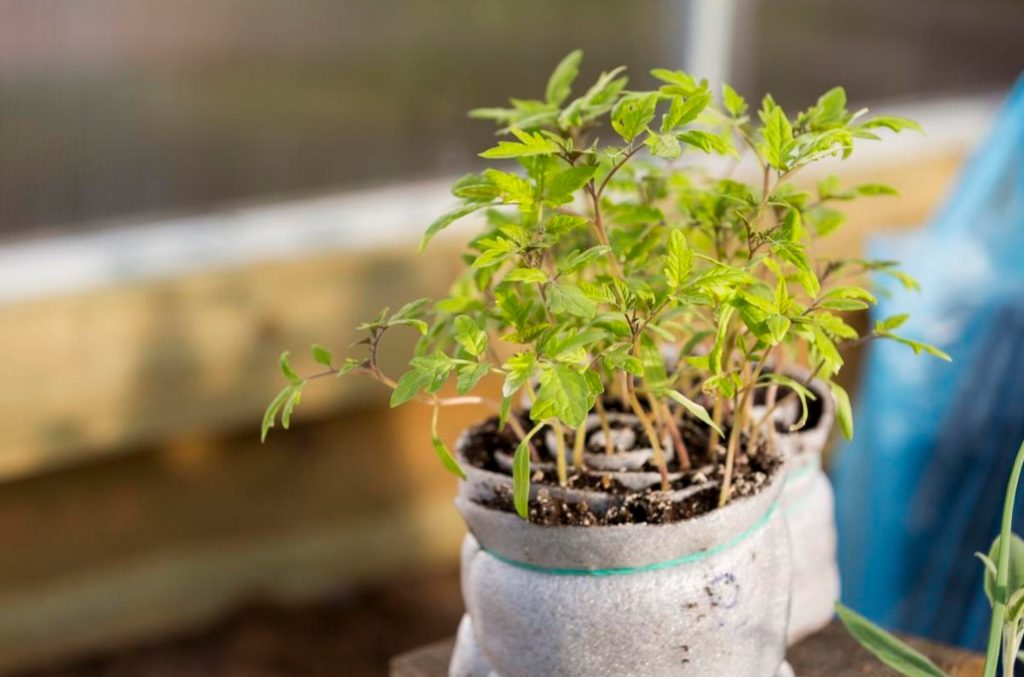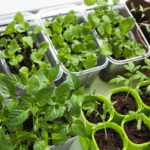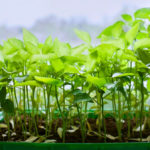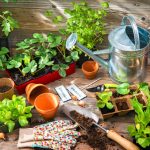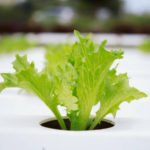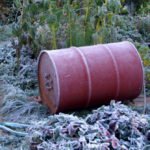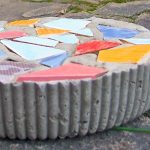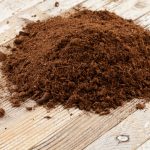It is no secret that a large number of gardeners and gardeners have a common spring problem on a global scale — there are a lot of seedlings, but few window sills. One of the most successful ways to solve this dilemma — compact placement of seedlings in the so-called snails. I will tell you in detail about all the details of the process, as I find this method very convenient, I continue to use it and recommend it to everyone.
Materials
Despite the fact that the Network can find many options for making snails, I believe that the most suitable material is a substrate for laminate. To be more precise-unfolded Styrofoam or 2 mm thick. this base is perfect for our purposes for several reasons: it is quite strong, holds its shape well, retains heat; plants in such snails can be grown until they are planted in the ground. The material is cheap.
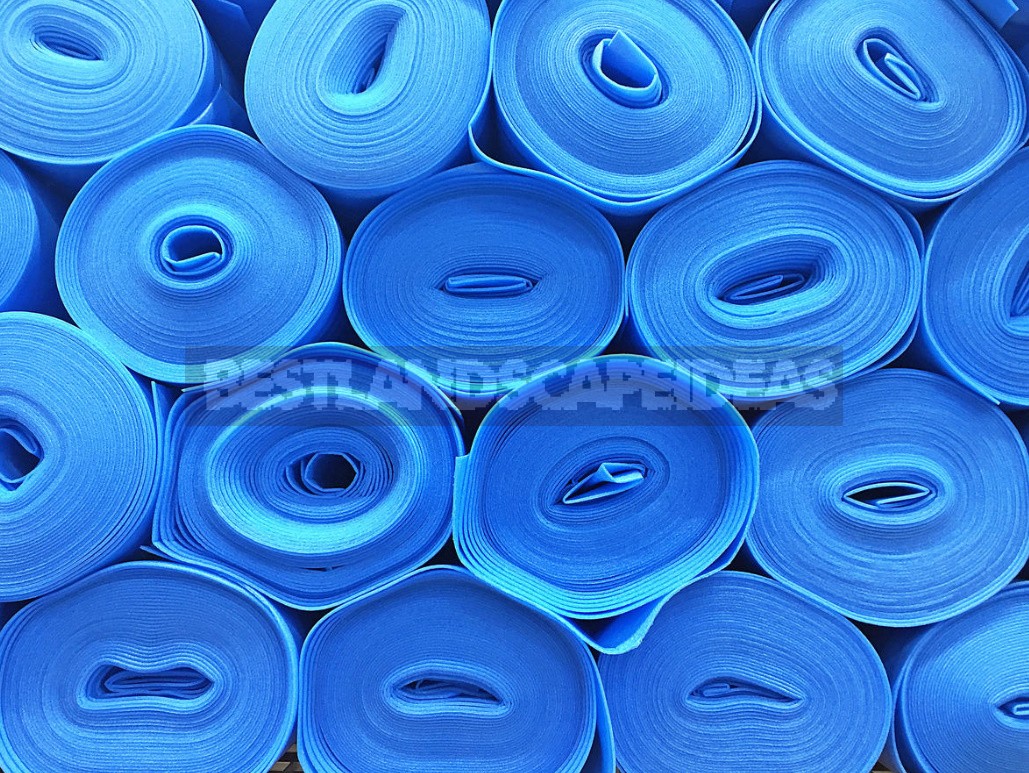
How to make a snail
The optimal height of the snail is 15 cm. This is the most suitable size for growing tomatoes, peppers and eggplants. The height may be lower if you expect further manipulations with plants, such as picking. Also, a low snail (about 10 cm) is suitable for growing plants from small seeds (strawberries, some flowers). I use 2 manufacturing options.
Paper version
The following method proved to be very good. First, we cut off a strip of the substrate material, lay out toilet paper in several layers on top of it, and even better — folded paper towels. Along the edge on which the snail will later stand in the pallet, we make an allowance for the paper layer, with its help, moisture will be drawn in. On the upper edge of the layers align or leave the paper 1-2 mm below the substrate.
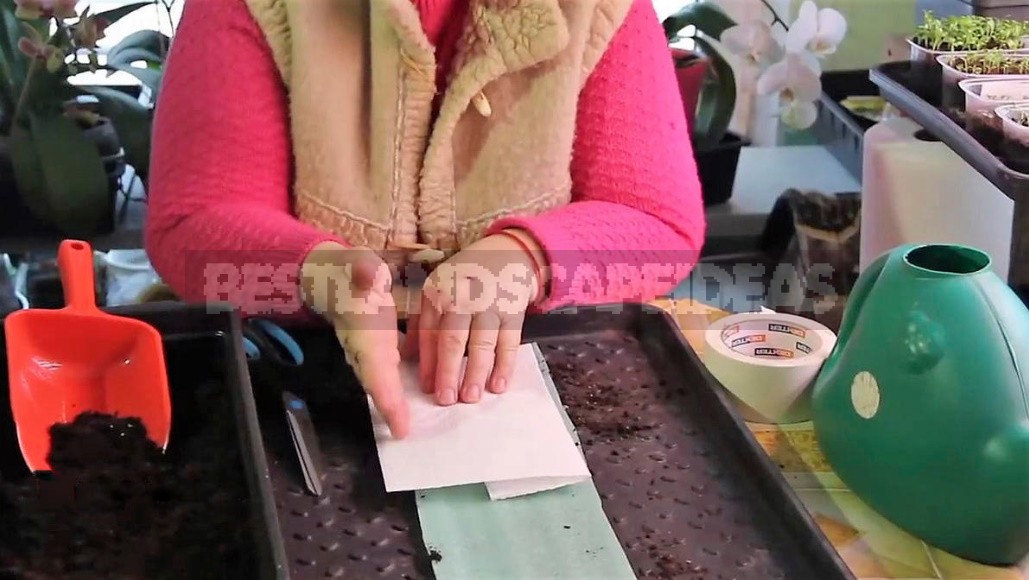
Next, lay out the seeds, retreating 0.5-1 cm from the upper edge of the paper strip. If you intend to grow seedlings before planting in the ground (tomatoes, peppers, eggplants), the distance between the seeds should be 3-4 cm.If you plan to continue picking, you can lay them out more often. Then we wet the entire paper layer, using not just water, but a solution of a stimulant.
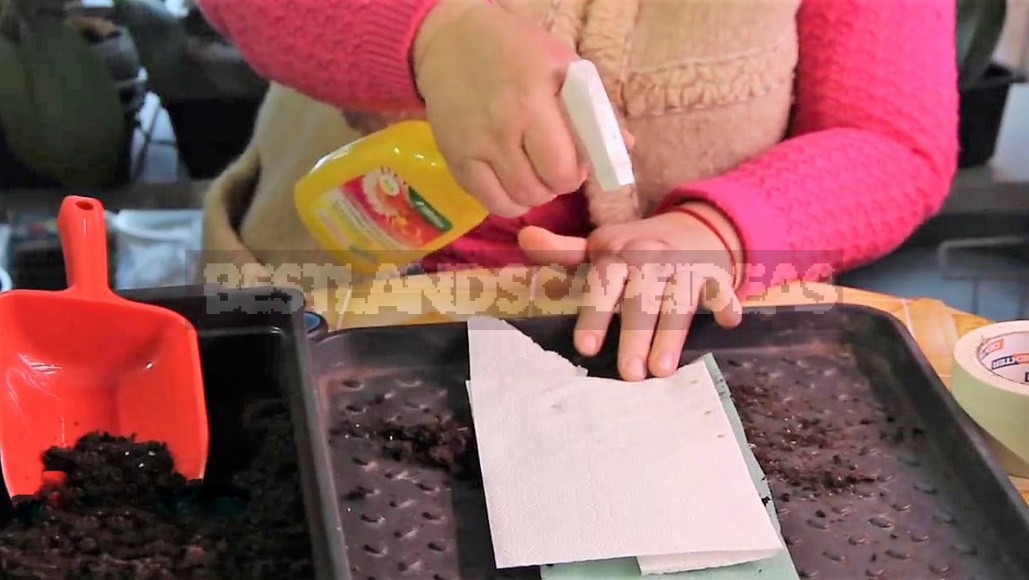
On top of the seeds, we put a narrow strip of thin paper — here it is good to use a regular toilet paper. Again, everything is wetted, so the seeds will remain in their places.
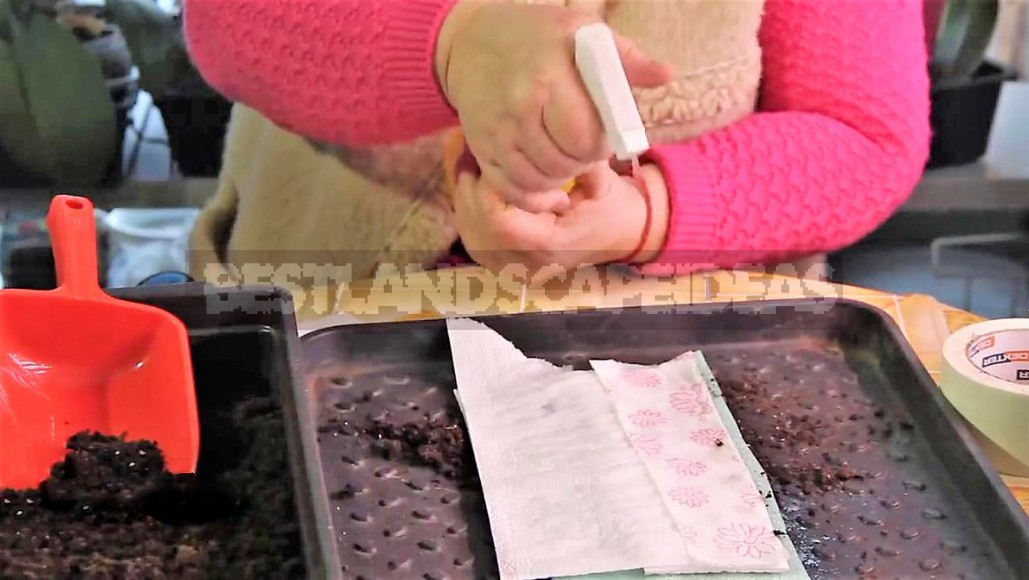
Then the snail is twisted and secured. For this purpose, for example, office elastic bands or paper tape are suitable. Put the snail in a tray with water or a weak solution of stimulant.
The paper that sticks out from the bottom will act as a wick that delivers water to the seeds. Before the seeds germinate, we put a plastic bag on the snail to preserve moisture.
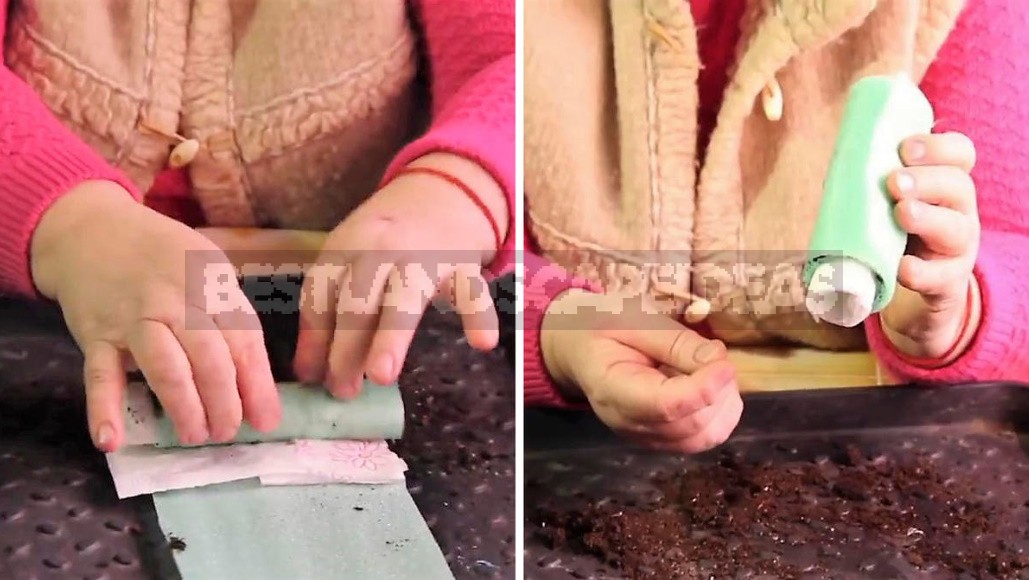
After the emergence of seedlings, the snail must be unfolded and filled with soil. It should be nutritious, loose and moisture-intensive. We make the soil layer large enough, 3-4 cm thick. Pour it evenly, level with the edges of the snail, seal-patting or using special rollers, then moisten with a sprayer, twist and spray with water on top of the “bed”.
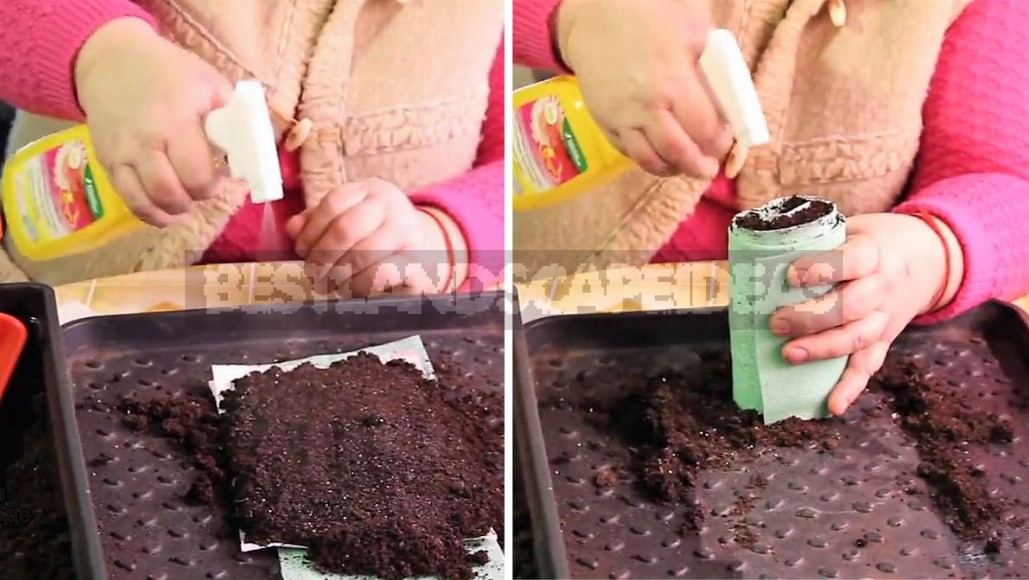
While the plants are very small, they must be watered from the top of the sprayer. When the seedlings grow up, there will be real leaves, then you will need to pour water into the tray — conduct lower watering.
Option without paper
Prepare a strip of substrate and directly pour a good layer of soil on it. On the side on which the snail will stand, the soil should be level with the base. At the upper side, the soil can be spread out in the same way or almost to the edge of the snail, this is convenient for sowing those seeds that germinate in the light.
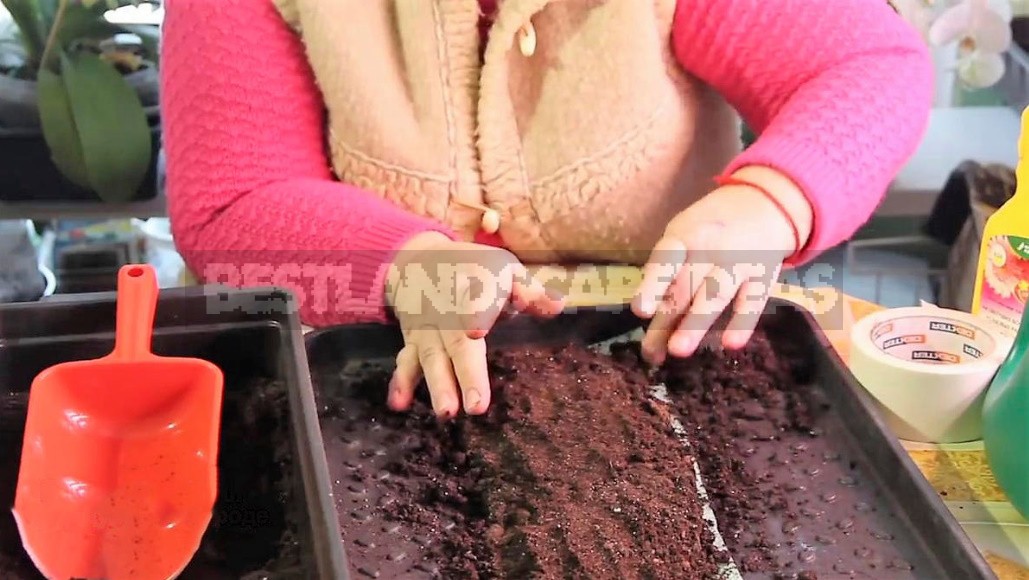
You can immediately spread the seeds with the necessary interval on the soil layer and twist the snail. But if you do not have experience and do it for the first time, it is better to do it differently. The formed layer of soil is compacted, well sprinkled with water and twist the snail without seeds, secure with tape or elastic band. Put it vertically, if necessary, sprinkle the top of the earth and wet.
We spread the seeds on the surface, taking into account the interval, and then with something suitable (a handle, a stick) we drown them in the ground. Fall asleep on top of the loose soil.
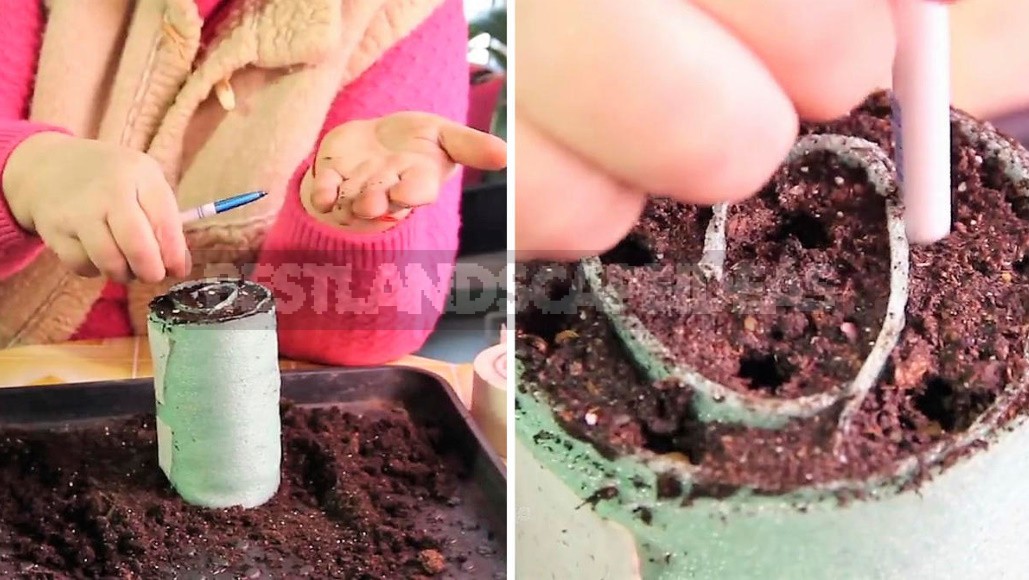
Arrange a greenhouse: cover the snail with a bag or, as I do, put on Shoe covers. It already has an elastic band, so it is very convenient to use. Install the snail in the tray, so that in the future you can water the seedlings from below.
I consider this method of growing seedlings very convenient. Unfortunately, not everyone appreciated it, but more often failures were the result of mistakes that gardeners made due to inexperience.
